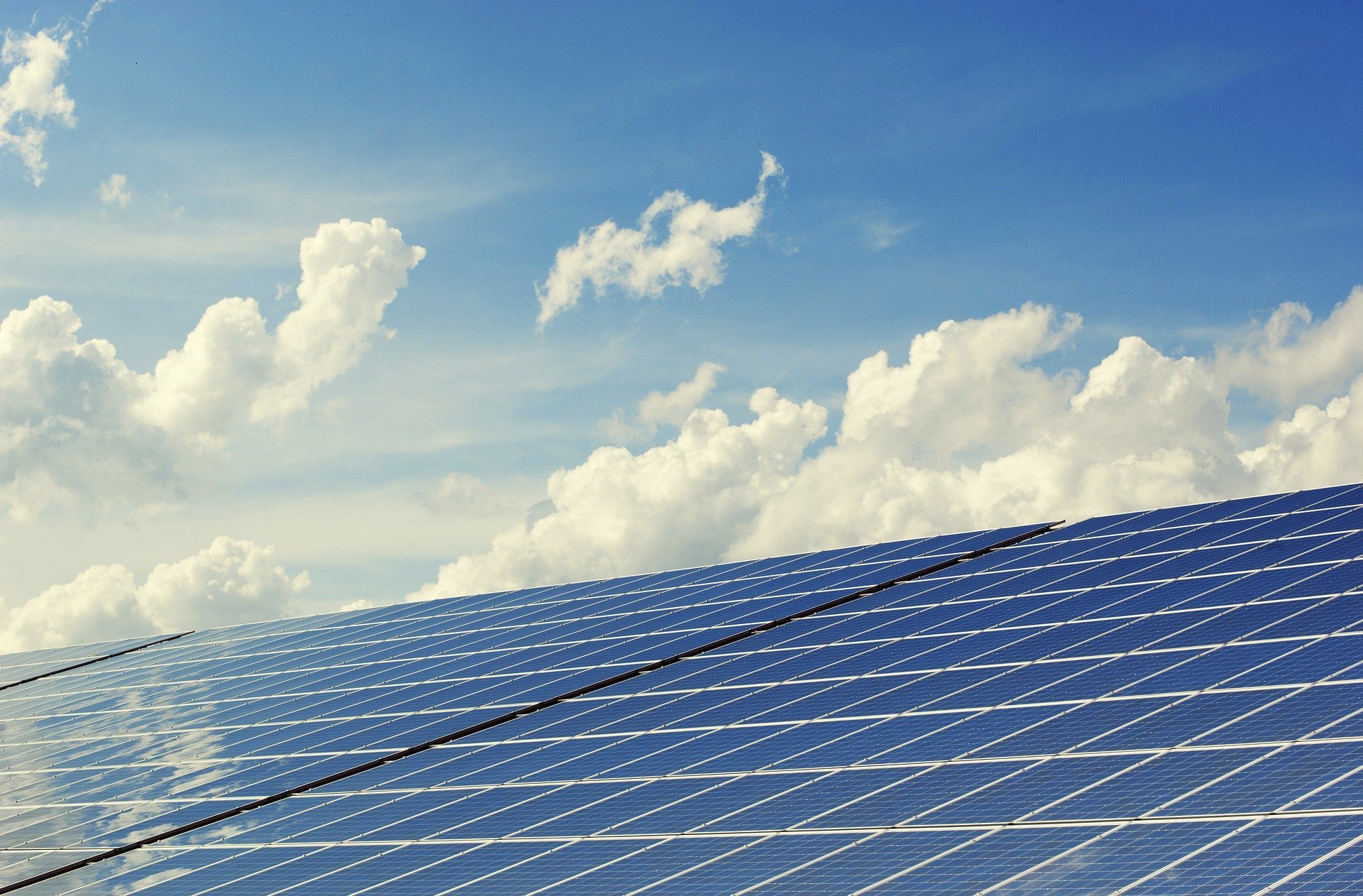
Renewable energy sources have gained significant attention in recent years as the world seeks alternatives to traditional fossil fuels. Among these sources, solar energy stands out for its accessibility, efficiency, and sustainability. One of the key drivers behind the mainstream adoption of solar energy is the installation of solar panels. Let's explore how solar panel installation is revolutionizing renewable energy.
The Growth of Solar Panel Installation
The installation of solar panels has witnessed remarkable growth in recent years, driven by various factors such as technological advancements, government incentives, and increased environmental awareness. This growth has transformed the renewable energy landscape and is reshaping the way we generate and consume electricity.
Key Factors Driving the Growth of Solar Panel Installation
- Technological advancements in solar panel efficiency and cost-effectiveness
- Government incentives, tax credits, and rebates for solar energy projects
- Declining costs of solar panels and installation services
- Increasing environmental awareness and concern over climate change
Advantages of Solar Panel Installation
The installation of solar panels offers a wide range of benefits, making it an attractive option for homeowners, businesses, and communities looking to transition to clean energy sources. Here are some of the advantages of solar panel installation:
Cost Savings
- Significantly lower electricity bills due to on-site electricity generation
- Potential for selling excess electricity back to the grid through net metering
- Long-term savings on energy costs over the lifespan of solar panels
Environmental Impact
- Reduction in carbon emissions and reliance on fossil fuels
- Decreased air and water pollution associated with traditional energy sources
- Contribution to a more sustainable and eco-friendly energy system
Energy Independence
- Less reliance on centralized power grids and vulnerability to outages
- Ability to generate electricity on-site and store excess energy with battery storage systems
- Increased resiliency and self-sufficiency during emergencies or natural disasters
Impact on the Grid and Energy Systems
The widespread adoption of solar panel installation is not only benefiting individual users but also influencing the larger energy grid and overall energy systems. Here are some ways in which solar panel installation is impacting the grid and energy systems:
Grid Stability
- Integration of solar energy helps balance supply and demand on the grid
- Reduces the need for costly peak power plants and grid upgrades
- Enhances grid resilience and reliability through distributed energy generation
Decentralization of Power Generation
- Shifts from centralized power plants to distributed solar energy systems
- Empowers communities and individuals to produce their own electricity
- Enables a more diverse and resilient energy mix with renewable sources
Future Grid Integration Challenges
- Intermittency and variability of solar energy production require smart grid solutions
- Need for energy storage technologies to manage fluctuations in solar output
- Policy and regulatory frameworks to support integration of high levels of solar energy
Conclusion
Solar panel installation is playing a pivotal role in revolutionizing renewable energy by making solar power more accessible, affordable, and sustainable. As technology continues to advance and the demand for clean energy grows, solar energy is expected to become an increasingly prominent source of electricity worldwide. By harnessing the power of the sun, we can reduce our reliance on fossil fuels, combat climate change, and create a more resilient and environmentally friendly energy system for future generations.
